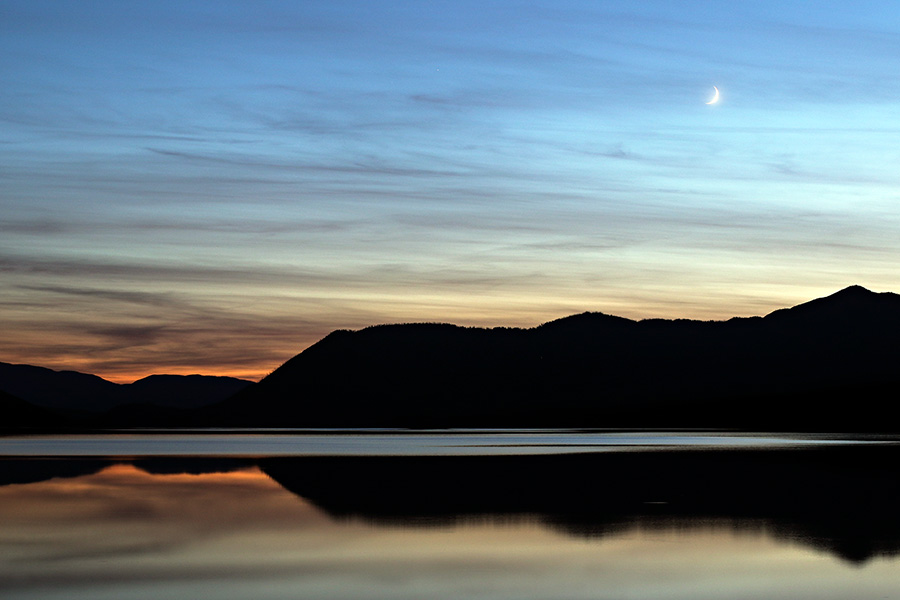The Science and Sociality of Solstice
Dec. 21 is the winter solstice, marking the official start to the winter season and the shortest day of the year. Here's why we spend so much time in the dark that day.
By Molly Priddy
On Dec. 21, assuming there’s no cloud cover, Kalispell won’t see the sun rise until about 8:25 a.m., and then it’ll dive back behind the horizon by 4:45 p.m., giving valley residents a little more than eight hours to glimpse the sun.
It’s the shortest day of the year, with the shortest period of daylight, and is now considered the official start to the winter season.
Cultures dating back to Neolithic times have marked the solstice as a special time of year, and plenty of modern folks still celebrate it. But in the most literal sense, the solstice is an astrological phenomenon, occurring twice a year.
Tilted
Anita Ho, associate professor of geology and geography Flathead Valley Community College, said we have the Earth’s tilted axis is to thank for the shifting length of days throughout the year, as well as the four seasons.
It’s all about how the Earth is oriented to the sun. While it rotates the sun, our planet also rotates, but the axis running north and south is tilted 23.5 degrees, so it’s not rotating perfectly straight up and down.
“Our axis also maintains polarity, and the North Pole points out in space in the same direction no matter where it is in orbit,” Ho said. “Because of the inclination and polarity of the axis, the distance between the north and south poles and the sun varies at different times of the year.”
This means that during the winter, if you’re in the northern hemisphere, you’re rotating in the Earth’s shadow for longer than you rotate through the light.
“Those changes are what gives us seasons and it never stops,” Ho said.
‘Yuletide’
Many cultures have social and religious celebrations on and around solstice, which in Latin means “the sun seems to stand still.” For many in Northwest Montana, the concept of Yule and Yuletide are likely familiar this time of year.
Originally, Yule was special for the historical Germanic peoples. It was the midwinter festival, with references to Yule going back to the fourth century.
Scandinavian cultures have also celebrated the solstice for centuries; Old Norse literature refers to an event called “jól,” as well as references to gods being called “Yule beings.” Also, one of the names for Odin, the main god in Norse mythology, is Jólnir. The festivities around Yule often lasted 12 days.
Ancient Romans celebrated the winter solstice with the Feast of Saturnalia, honoring Saturn, who happened to be the god of agricultural bounty. Many of the Roman traditions around solstice were enveloped into Christianity and its tenets and events when the Emperor Constantine converted in about 311 AD.
In modern times, the solstices hold special meaning for followers of Neopaganism, many of whom gather for the solstices at Stonehenge, England to dance, chant, and sing while they wait for the sunrise.